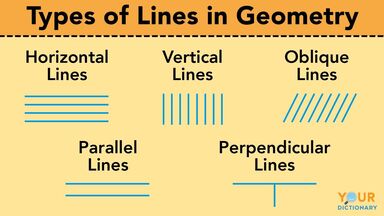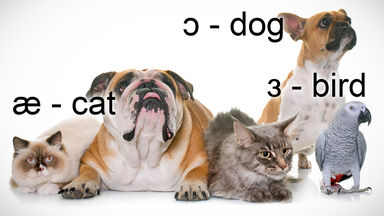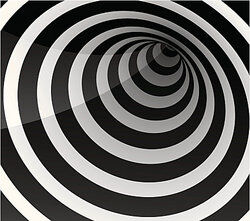With a biaxal plate perpendicular to the optic axis in the diagonal position, the hyperbolic brush becomes an hyperbolic line and the rings are expanded or contracted on its concave side, with a positive plate, according as the plane of the optic axes is parallel or perpendicular to the axis of the quarter-wave plate, the reverse being the case with a negative plate.
Airy extended Fresnel's hypothesis to directions inclined to the axis of uniaxal crystals by assuming that in any such direction the two waves, that can be propagated without alteration of their state of polarization, are oppositely elliptically polarized with their planes of maximum polarization parallel and perpendicular to the principal plane of the wave, these becoming practically plane polarized at a small inclination to the optic axis.
On these principles Airy, by an elaborate mathematical investigation, successfully explained the interference patterns obtained with plates of quartz perpendicular to the optic axis.
Wollaston, by blocking off one of the streams with a screen, sufficient lateral separation being obtained by combining two equal crystalline prisms cut differently with respect to the optic axis - an arrangement that achromatizes more or less completely the pencil that is allowed to pass.
This refractive index should be equal to the greatest index of the plate, and with a biaxal plate the mean axis of optical symmetry should be parallel to its faces and in the normal section of the prisms, while with an uniaxal plate the optic axis should be in a plane perpendicular to this normal section.





